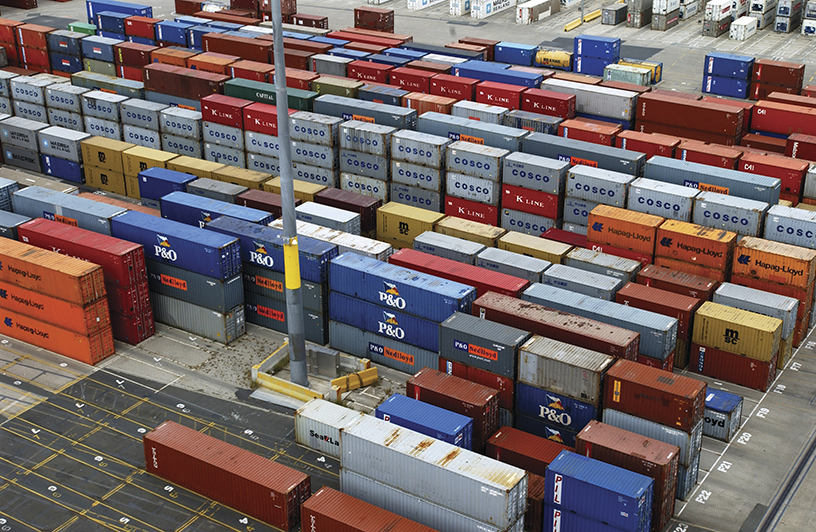
Authors: Kirk Zammit, Christopher Boult, Shiji Zhao and Liangyue Cao
Summary
This paper introduces new agricultural export price and volume indicators. These indicators cover a gap in the available agricultural export statistics and will provide further insights into Australian agricultural exports.
The new indicators form an export account and provide disaggregated price and volume indicators across Australian agricultural sectors and industries. The indicators have been compiled on a monthly, quarterly and annual basis.
The indexes are constructed using the Fisher index formula. The Fisher index was chosen because of its useful economic and statistical properties that allow for decomposition analysis and to provide consistent estimates despite underlining volatility.
Introduction
[expand all]
Background
The value of exports is made up of two components, the quantity exported (referred to here as its volume) and the unit price. Analysis of the export value of an individual good and its volume and price components is relatively straight forward and is the basis for much of ABARES' analysis, forecasts, modelling and economic commentary.
Rather than just communicating commodity specific developments, there is a policy need to understand developments across industries and sectors. This task is made easier with the use of aggregated data. For example, it is easier to interpret and to identify trends in a single export price index for the cropping sector, than it is to identify common trends across many individual commodity prices. A single index can also be more informative and useful in understanding broader developments.
This paper outlines the recent development of aggregate price and volume indicators for Australian agricultural exports. The development of these indicators is couched in an accounting framework to ensure consistency across multiple levels of aggregation and index frequency.
These price and volume indicators have been used in a number of ABARES publications, for example, Agricultural commodities and Snapshot of Australian agriculture. The aim of these indicators is to shed light on developments and trends in the agricultural sector that are difficult to see at the individual commodity level.
This paper documents the concepts, sources and methods that have been used to produce the Australian export price and volume indicators.
Structure of the paper
Chapter 1 provides an overview of Australian agricultural exports. It demonstrates the importance of exports to the sector and to rural communities, and the need for indicators that can effectively monitor the developments in the value of exports over time.
Chapter 2 reviews the publicly available price and volume indicators. It finds that the available options provide limited utility due to a lack of disaggregation and vastly different coverage, data and methodologies. Chapter 3 provides a justification for producing price and volume indicators, including to overcome the limitations of the currently available measures.
Chapters 4 to 6 describe the foundations for the construction of export price and volume indicators. Chapter 4 explains the measurement approach for constructing the indicators—price indexes are measured directly and volume indicators are derived from the value and price indexes. Because of this approach, Chapters 5 and 6 focus on the formulation of price indexes. Chapter 5 introduces price index theory and explains why a Fisher formula is adopted, noting that it has the properties required to derive volume indicators. Chapter 6 outlines how the Fisher formula is applied in practice, with a focus on the monthly export price index, and the benchmarking techniques to ensure the monthly indicators are consistent with the indicators derived on an annual basis.
Finally, chapter 7 presents the results of the monthly, quarterly and annual price and volume indicators. The focus is on presenting the price indicators. Possible avenues of research and comparisons with other price indexes are made. Chapter 8 discusses the various technical hurdles that arose when constructing the monthly agricultural export price index, including index drift.
Download the full report
| Document | Pages | File size |
|---|---|---|
Agricultural price and volume indicators: concepts, data sources and methods PDF  |
63 | 1.8 MB |
If you have difficulty accessing this file, visit web accessibility for assistance.
